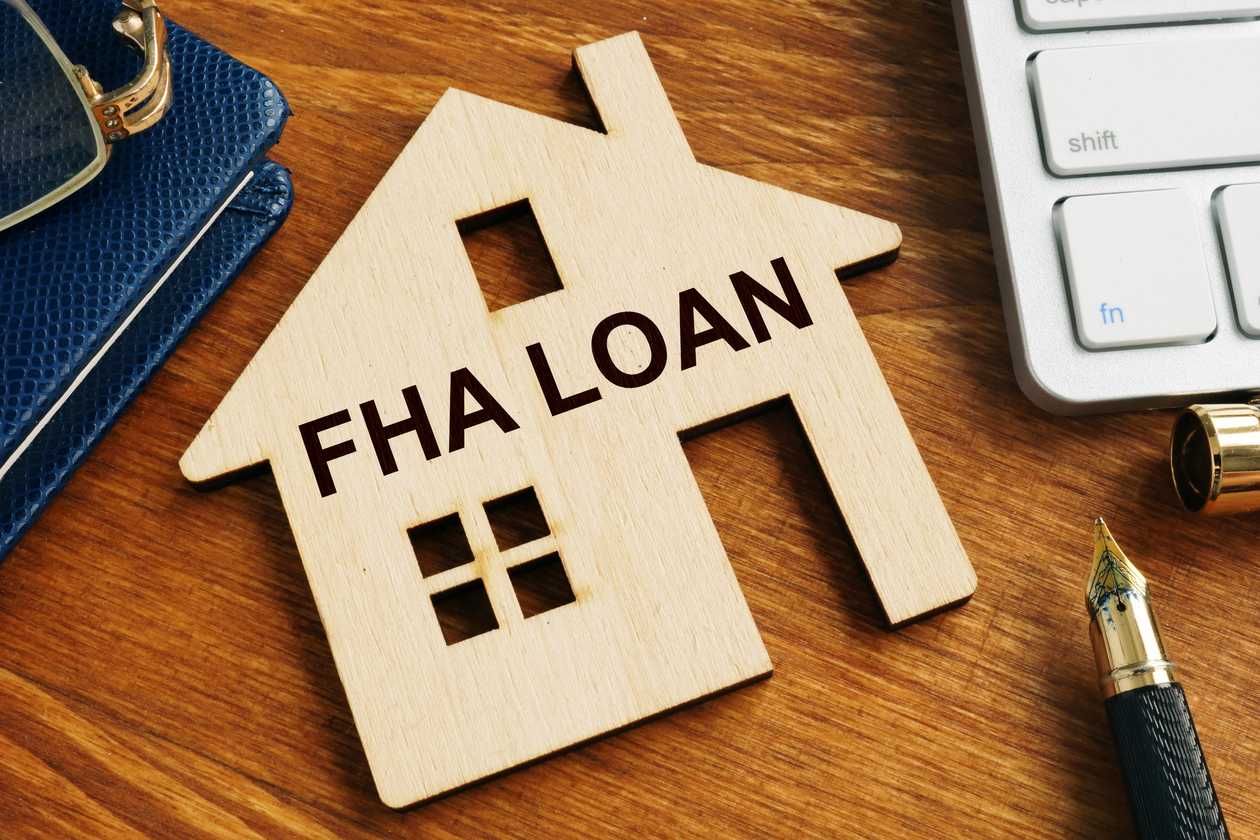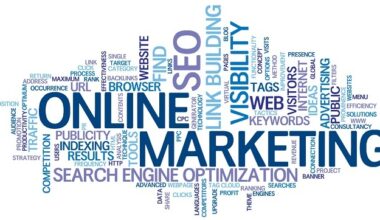How to Get a Loan with Bad Credit: Tips and Strategies
For individuals with bad credit, seeking a loan can be a daunting task. However, there are viable options available for obtaining a loan even with a less-than-ideal credit score. Understanding the specific steps and strategies for securing a loan with bad credit is crucial in navigating the lending landscape.

When facing the challenge of obtaining a loan with bad credit, it’s important to explore alternative lending options. These may include credit unions, online lenders, or peer-to-peer lending platforms. Additionally, improving one’s credit score over time can expand the availability of loan options and potentially secure more favorable terms.
Understanding Credit Scores

When it comes to getting a loan with bad credit, understanding credit scores is crucial. A credit score is a number that represents an individual’s creditworthiness. It is based on several factors, including payment history, credit utilization, length of credit history, types of credit used, and new credit.
– Factors Affecting Credit Scores
Payment history is the most crucial factor affecting credit scores. Late payments or missed payments can significantly lower a credit score. Credit utilization, which is the amount of credit used compared to the available credit, also plays a significant role in determining credit scores. High credit utilization can indicate financial stress and negatively impact credit scores.
Length of credit history is another factor that affects credit scores. The longer an individual has had credit, the better their credit score is likely to be. Types of credit used, such as revolving credit and installment loans, also impact credit scores. Finally, new credit, including credit inquiries and new accounts, can temporarily lower credit scores.
– Interpreting Your Credit Score
Credit scores range from 300 to 850, with higher scores indicating better creditworthiness. A score of 670 or higher is generally considered good, while scores below 580 are considered poor.
Individuals with bad credit scores may still be able to obtain loans, but they may face higher interest rates and stricter repayment terms. It is essential to review credit reports regularly to ensure that they are accurate and to identify areas for improvement.
Understanding credit scores is crucial when it comes to getting a loan with bad credit. Factors affecting credit scores include payment history, credit utilization, length of credit history, types of credit used, and new credit. Interpreting credit scores is also important to identify areas for improvement and obtain loans with favorable terms.
Types of Loans for Bad Credit

When it comes to getting a loan with bad credit, there are several types of loans available. Each type of loan has its own benefits and drawbacks, so it’s important to understand the differences before making a decision.
1. Secured vs Unsecured Loans
Secured loans require collateral, such as a car or house, to secure the loan. This collateral is used as a guarantee that the borrower will repay the loan. The lender can seize the collateral if the borrower fails to make payments. Secured loans are generally easier to obtain than unsecured loans because the lender has a guarantee that they will be repaid.
Unsecured loans do not require collateral, but they do require a good credit score. Without collateral, lenders rely solely on the borrower’s creditworthiness to determine if they will receive the loan. Unsecured loans are riskier for lenders, so they often come with higher interest rates.
2. Payday Loans and Cash Advances
Payday loans and cash advances are short-term loans that are typically due on the borrower’s next payday. These loans are often used by people who need cash quickly and have no other options. However, they come with high interest rates and fees, making them a very expensive way to borrow money.
3. Credit Union Loans
Credit unions are non-profit financial institutions that offer loans and other financial services to their members. They often have more lenient lending standards than traditional banks, making them a good option for people with bad credit. Credit unions also typically offer lower interest rates than payday loans and cash advances.
In summary, there are several types of loans available for people with bad credit. Secured loans require collateral, unsecured loans rely on creditworthiness, payday loans and cash advances are short-term and expensive, and credit union loans are a good option for those with bad credit. It’s important to carefully consider all of your options and choose the loan that best fits your needs and financial situation.










